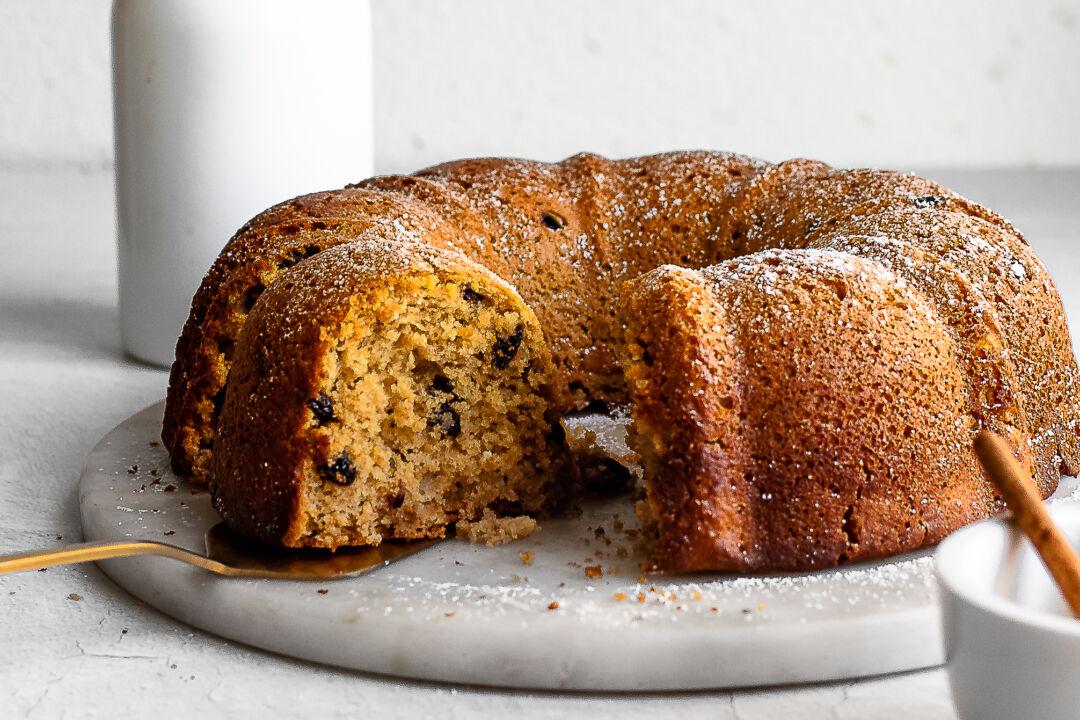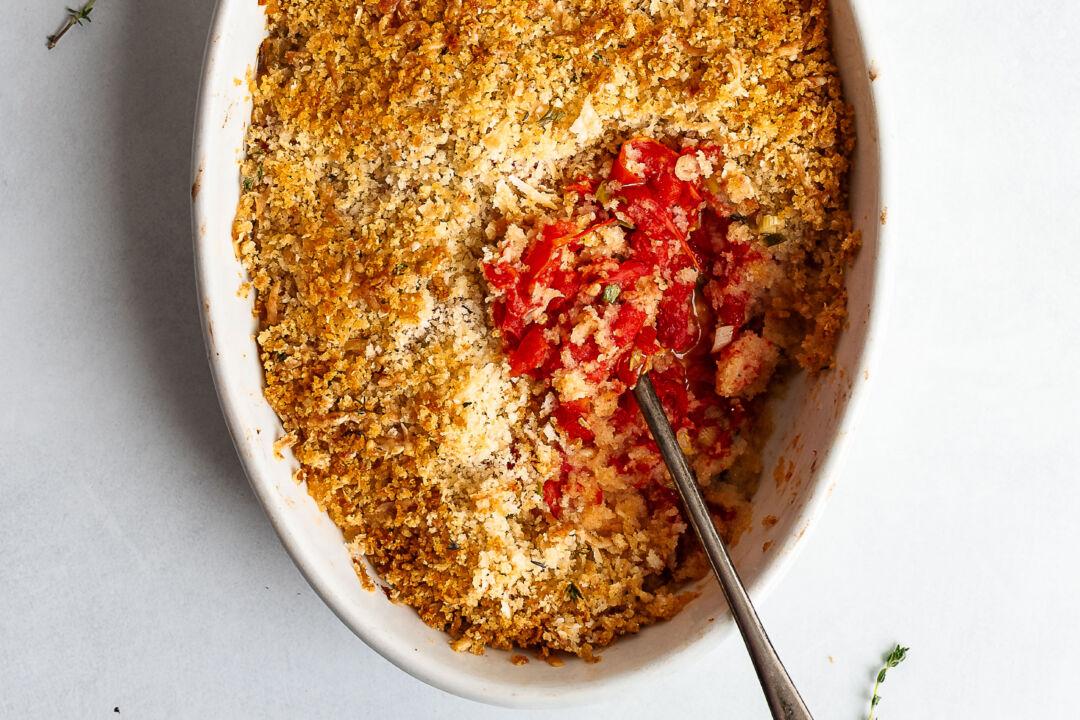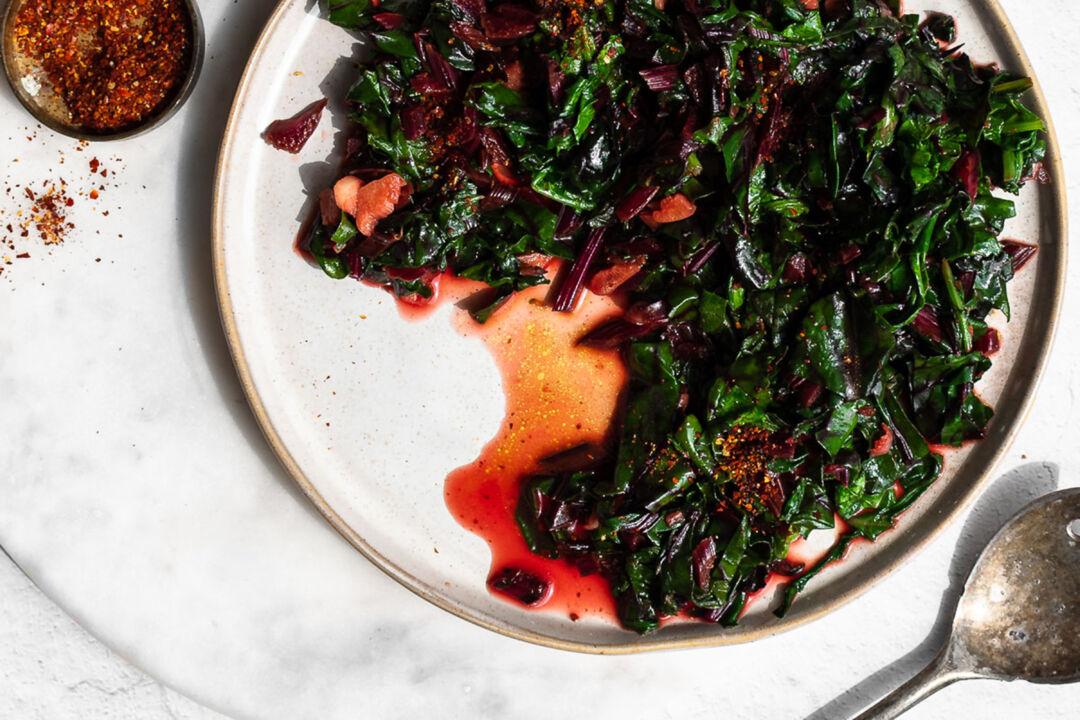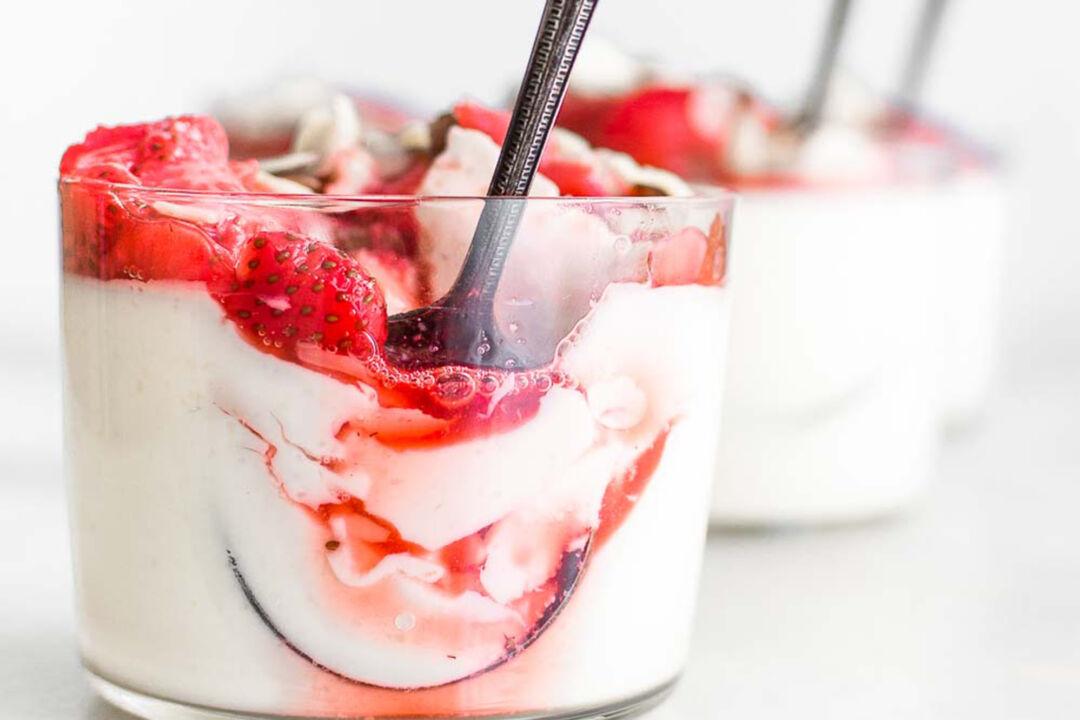As soon as the weather takes on a chill and the leaves begin to change, the apple harvest begins.
While you can buy apples at your grocery store year-round, there’s something magical about finding them at a farmers market in the fall—or taking a basket and heading to a local u-pick orchard to pluck them from the trees yourself. Those experiences—talking with growers, getting your food straight from the source—reconnect you with the seasons and your community. They also give you the opportunity to forge new traditions and reclaim forgotten ones, too.

The Case for Picking Local
A fresh-picked apple, sweet and crisp, holds a special kind of appeal. Apples sold at grocery stores can be up to a year old by the time they reach your shopping basket.Growers pick supermarket-destined apples early and unripe, before their flavor fully develops. Conventional apples are sprayed with 1-methylcyclopropene, a gas that subverts the ripening process, and treated with wax, which gives them a shiny appearance and protects against moisture loss. Those steps prolong the storage life of the apples, so they can be stored at cool temperatures for months before they make their way onto trucks and into your store. As a result of that lengthy cold storage, the antioxidant content plummets (organic apples aren’t sprayed, but are waxed and kept in cold storage).
While local in-season apples won’t last nearly as long as those intended for big-box grocery stores, they’re left in their natural state, and you’ll find that they taste better and are generally more nutritious.
Buying from local small-scale growers often gives you access to heirloom varietals as well. There’s the plump Bramley apple that’s perfect for cooking or the Pink Pearl with its unassuming golden skin that gives way to a shock of pink flesh when you bite into it. Among my family’s favorites is the Tompkins King apple, which can grow so large that you need two hands to hold it and is just as delicious eaten out of hand as it is cooked into a pie or sauce. Those rarer varieties are often absent from grocery stores, which stock more commercially viable options that stand up to long storage and travel.

Autumn Traditions
The true apple season is short, lasting from late August through early November. It’s the briefness of the season that makes local apples a treasure, such as the first strawberry in May or summer’s first tomatoes. I take my children to our local orchard and buy them by the case. We’ll eat as many fresh apples as we can manage, candy a few with maple syrup, and process the rest into sauce or pie filling.My children have grown to expect the rhythm of the harvest. The arrival of the first apples signals a change in the year toward the introspection that colder days and longer nights bring, and we turn to rituals centered on nature and the family, absent of screens and other distractions. Those rhythms bring a sense of peace and stability to a world brimming with worry.
Candying apples is among our favorite autumn traditions. Since my children rarely get sweets, that indulgent act of homemaking is something they look forward to with a special kind of fervor. Using locally grown, seasonal apples makes particular sense, as the candy coating will slip right off the waxed apples that you’ll find at the grocery store.
While the history of sugaring fruit is lengthy, the act of making candied apples as we know them is relatively recent. Cinnamon-flavored red candy apples first appeared in New Jersey around 1908, when candy maker William Kolb developed them with the intention of selling more cinnamon candies. While he didn’t succeed in selling the hard candies, he did succeed in marketing the apples themselves.
Where to Find an Apple Orchard
Taking your family to an orchard to pick your own apples is always a fun way to celebrate the beginning of autumn. Make sure to arrive prepared with baskets, plenty of sunscreen, and layered clothing. Use these resources to find one near you: LocalHarvest.org and UPickFarmLocator.com
Maple-Candied Apples
The robust, woodsy flavor of maple marries beautifully with fall’s crisp, sweet-tart apples. In this recipe, they pair together to make a classic fall treat even better. Store at room temperature for up to 1 day.- 6 to 8 apples
- 2 cups maple sugar (or substitute white sugar)
- 1 cup dark maple syrup
- 1 cup soft apple cider
- 6 to 8 wooden dowels or sticks
- Rimmed baking sheet
- Waxed paper
- Heavy saucepan
- Candy thermometer
Whisk the maple sugar, maple syrup, and cider together in a heavy saucepan set over medium heat. Bring it to a boil and continue boiling it until it reaches 255 to 260 degrees F, or the hard ball candy stage. The maple sugar and syrup will smell of rich toffee when the temperature is right.
Turn off the heat and tilt the pan so that the maple candy coating pools on one side of the pan at an angle. Working with one apple at a time, carefully dip the apples into the maple candy, swirling to entirely coat them and allowing any excess to drip into the pan. Transfer the apples to the prepared cookie sheet, and let them cool completely until the candy has hardened, about 5 minutes.





